There’s a common misconception that ChatGPT is your go-to for churning out blog posts. Let’s set the record straight: ChatGPT is NOT your blog writer. It’s your strategic ace in the hole. Let’s take a look at some of ChatGPT’s true strengths when it comes to content marketing (which lie far beyond just drafting half-ass articles).
The Reverse Engineered Podcast Workflow
Here’s the idea: record podcast > transcribe > find highlights, outline, and key quotable soundbites from the podcast > Feed that data to prompts in chatGPT > End up with social posts, thought leadership, creative briefs and more. What’s great is that all of the ChatGPT generated content will be uniquely you since it’s based on your thoughts from the podcast.
I highly recommend this workflow even if you don’t have a podcast. Just record yourself in conversation or talking about your topic with a loose outline for 15 minutes or so. ChatGPT will have more info than it needs from your rambling thoughts, even if disorganized.
The Creative Brief Workflow
Ditch the notion of using ChatGPT for writing entire pieces. Instead, use it to supercharge your creative briefs for writers and creative. Again, this requires a strong about of input to ChatGPT about your business needs and such (you can see an example of how to give ChatGPT lots of brand info here):
Step 1: Gathering Raw Input
Before anything, collect all your unstructured ideas, business needs, target audience insights, brand voice guidelines, and any relevant data. This raw input is the foundation. Don’t worry about the organization at this stage; just focus on getting all your thoughts and requirements down.
Step 2: Crafting the Outline with ChatGPT
Prompt: “Based on the following information [insert raw input], create a detailed outline for a creative brief. Include sections for the project background, objectives, target audience, key messaging, tone of voice, and desired call to action.”
This step involves feeding ChatGPT your unorganized data and letting it structure an outline that captures the essence of your project. The goal is to transform scattered information into a coherent framework that guides the content creation process.
Step 3: Diving into Creative Exploration
Prompt: “Given the outline created for [specific project], suggest innovative ideas and creative concepts that align with our brand identity and meet the outlined objectives. Include potential thematic directions and visual style considerations.”
At this stage, ChatGPT helps you to flesh out the brief with creative ideas and concepts. It’s about adding layers of creativity that resonate with your brand and appeal to your target audience.
Step 4: Innovating with Headlines
Prompt: “For the project outlined [refer to the outline], generate a range of catchy and effective headlines that align with our key messaging and tone of voice. Include variations for different platforms and content formats.”
Here, ChatGPT aids in coming up with compelling headlines. It’s not just about being catchy; it’s about crafting headlines that are in sync with your overall messaging and strategy, tailored for various platforms and formats.
The Power of a Well-Constructed Brief
A creative brief is more than a document; it’s a roadmap for successful content creation. By harnessing the power of ChatGPT, you can turn disjointed ideas into structured, actionable briefs that empower your team to produce content that’s not only creative but also strategically aligned with your business goals. The process saves time, fosters creativity, and ensures that everyone involved has a clear understanding of what needs to be achieved. With ChatGPT, you’re not just organizing information; you’re setting the stage for creative excellence.
The Niche Content Ideation Workflow
Take your successful content and expand it strategically with ChatGPT:
- Sub-topic Discovery: Use ChatGPT to dissect your content into deeper, focused sub-topics.
- Niche Content Outlining: With ChatGPT, develop structured outlines for these sub-topics.
- Promotional Strategy Planning: Employ ChatGPT to brainstorm promotional strategies for your new niche content.
The takeaway here is clear: ChatGPT isn’t your blog-writing robot. It’s a powerful tool for strategy and workflow enhancement. It excels in areas requiring analytical thinking, creative brainstorming, and strategic planning.
By shifting your perspective from ChatGPT as a writer to ChatGPT as a strategic partner, you’ll unlock its full potential, leading to more efficient, creative, and targeted content marketing strategies.


